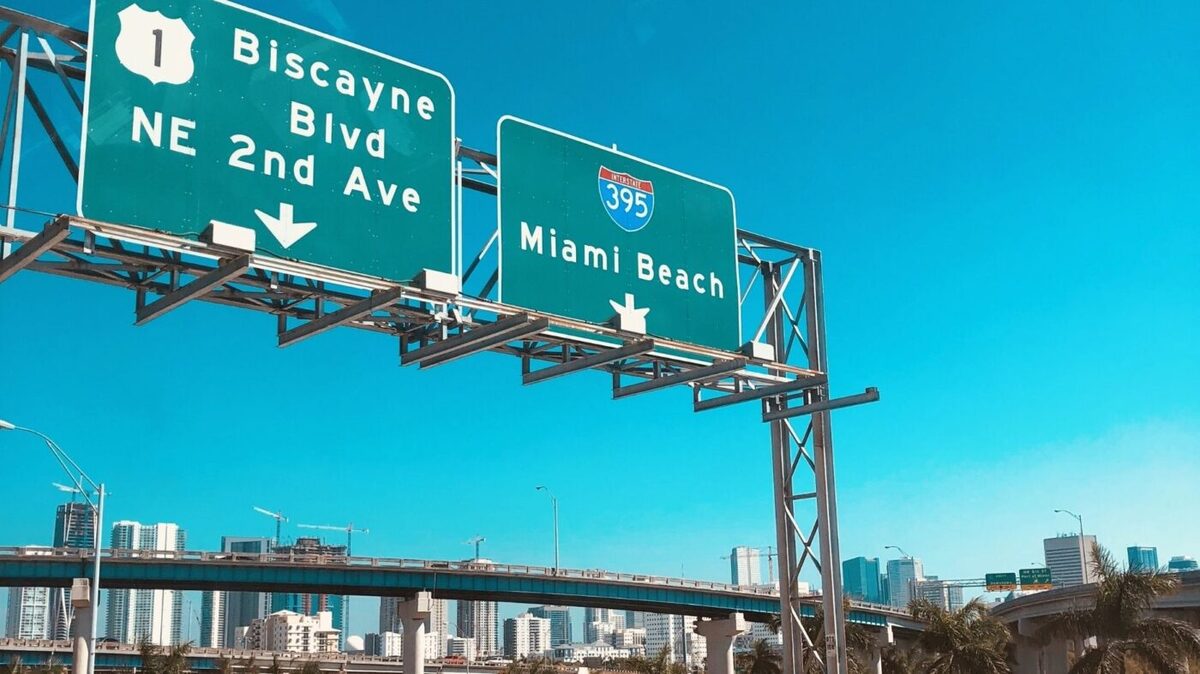Rents increase to unexpected levels, even compared to pre-pandemic expectations
The nation’s rent prices had already surpassed pre-pandemic expectations, but now they’re leaving them in the dust.
The typical rent in the U.S. rose to $1,843 in July, a level $52 higher than Zillow estimates it would have been if the pandemic had never happened, the company said Thursday in a new report.
Rents were up 9 percent year over year, a reflection of how far the market has come in its recovery nationwide.
“With the economy continuing to reopen, employees receiving more long-term guidance on remote work, and as students find their way back to college campuses, the rental market is picking back up,” Zillow Economic Data Analyst Nicole Bachaud said in the report. “As high demand puts pressure on rents and incomes are unable to keep up, affordability will become more of a challenge in the coming months.”
Even the big-city rental markets hit hardest by the pandemic — including New York and San Francisco — saw rents rise year over year. No major metro remained behind its rent levels from July 2020, Zillow said.
In other parts of the country, rent growth was even more extreme.
In Phoenix, rents were 23 percent higher in July than the same time last year. Rents also rose by nearly 20 percent or more in each of Las Vegas; Tampa, Florida; and Riverside, California.
As rents roared back throughout the nation, the home market was in the midst of cooling off, Zillow’s data show.
In nearly half of the country’s 50 largest metros, price growth slowed compared to June, the company said. More than 1 in 10 sellers had to lower their asking price, a dramatic shift from roughly 1 in 60 the month before.
“All signs point to the likelihood that the housing market is beginning to ease off the gas pedal,” Bachaud said in the report.
This price growth comes as the market’s enormous inventory shortage continued to recover at an accelerating pace.
Despite these gains, inventory remained down 28 percent year over year, fueling further growth in home prices as they climbed to new all-time highs.
The typical home value rose to $298,933 in July, a 2 percent increase from the previous month. Values were up nearly 17 percent year over year.
For-sale inventory rose 4.5 percent from June to July, and all but three of the country’s largest metro areas participated in the trend.
The typical rent in the U.S. rose to $1,843 in July, a level $52 higher than Zillow estimates it would have been if the pandemic had never happened, the company said Thursday in a new report.
Rents were up 9 percent year over year, a reflection of how far the market has come in its recovery nationwide.
“With the economy continuing to reopen, employees receiving more long-term guidance on remote work, and as students find their way back to college campuses, the rental market is picking back up,” Zillow Economic Data Analyst Nicole Bachaud said in the report. “As high demand puts pressure on rents and incomes are unable to keep up, affordability will become more of a challenge in the coming months.”
Even the big-city rental markets hit hardest by the pandemic — including New York and San Francisco — saw rents rise year over year. No major metro remained behind its rent levels from July 2020, Zillow said.
In other parts of the country, rent growth was even more extreme.
In Phoenix, rents were 23 percent higher in July than the same time last year. Rents also rose by nearly 20 percent or more in each of Las Vegas; Tampa, Florida; and Riverside, California.
As rents roared back throughout the nation, the home market was in the midst of cooling off, Zillow’s data show.
In nearly half of the country’s 50 largest metros, price growth slowed compared to June, the company said. More than 1 in 10 sellers had to lower their asking price, a dramatic shift from roughly 1 in 60 the month before.
“All signs point to the likelihood that the housing market is beginning to ease off the gas pedal,” Bachaud said in the report.
This price growth comes as the market’s enormous inventory shortage continued to recover at an accelerating pace.
Despite these gains, inventory remained down 28 percent year over year, fueling further growth in home prices as they climbed to new all-time highs.
The typical home value rose to $298,933 in July, a 2 percent increase from the previous month. Values were up nearly 17 percent year over year.
For-sale inventory rose 4.5 percent from June to July, and all but three of the country’s largest metro areas participated in the trend.


 Menu
Menu



